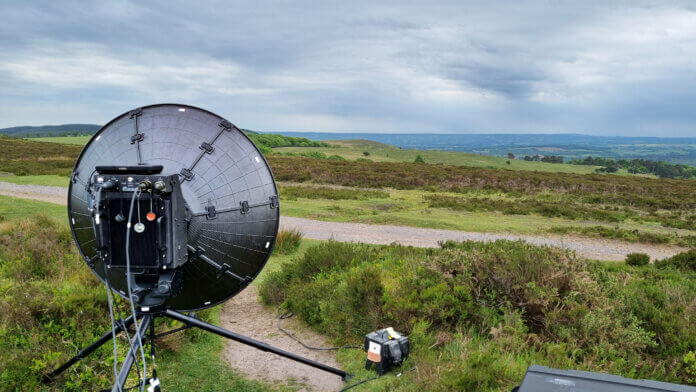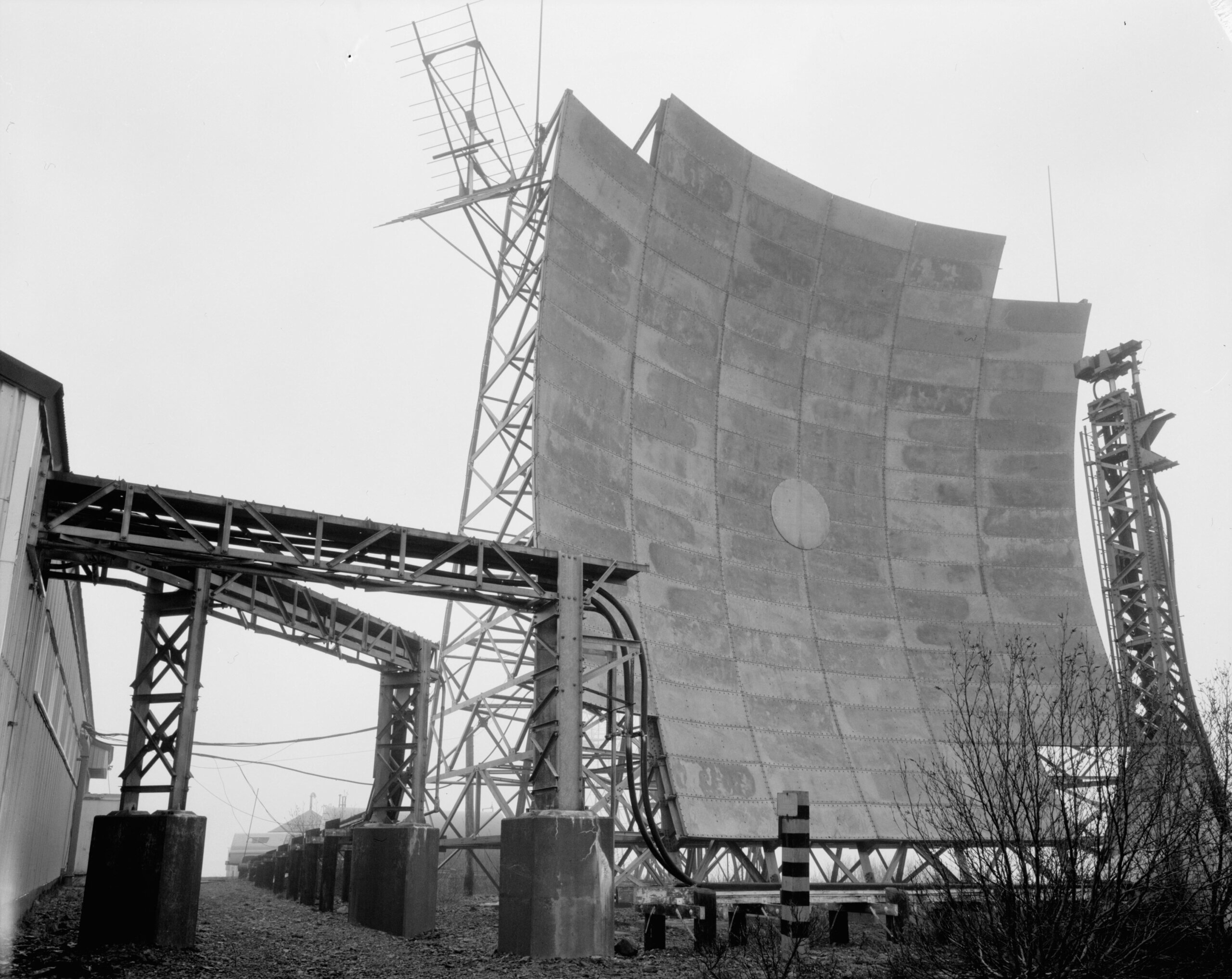
New tropospheric communications systems will provide important enhancements to British Army and NATO beyond line-of-sight communications.
In early March Spectra Group announced it would supply Compact Over-the-Horizon Mobile Expeditionary Terminals (COMETs) to the British Army. Sharing the news in a press release, Spectra said the terminals will furnish the army’s Allied Rapid Reaction Corps (ARRC). The ARRC is a North Atlantic Treaty Organisation (NATO) headquarters capable of worldwide deployment. The corps is led by a British commander with an Italian deputy. Other NATO nations provide staff and units to the ARRC. COMET terminals, which enable tropospheric communications, were procured as part of the ARRC’s Agile Command and Control experimentation programme, the press release continued.
How it Works
For the uninitiated, tropospheric radio uses an elegantly simple principle to provide Beyond-Line-of-Sight (BLOS) communications. Using frequencies of 300 megahertz to 30 gigahertz/GHz, a narrow beam radio signal is aimed from the antenna at an angle towards the troposphere. This is a layer of the atmosphere stretching up to 43,000-feet (13,000-metres) above the Earth’s surface. The trick is to aim the beam just above the horizon towards the receiving radio. Although some of the signals will leave the troposphere, some of their energy will be scattered back towards Earth. This process lets them be picked up by the receiving antenna. Ranges of up to 500 kilometres (310 miles) are possible using tropospheric techniques. However, there is a compromise as the troposphere can have an abundance of moisture absorbing some of the signal’s energy. As a result, signals scattered back to Earth maybe very weak when they arrive at the receiving antenna.
Pole Vault
Interest in troposcatter communications increased following the end of the Second World War as the Cold War unfolded. In 1955, the Pole Vault tropospheric network was activated. This linked Royal Canadian Air Force and US Air Force airbases and ground-based air surveillance radars. The network served what was known as the Pinetree Line. The Canadian-US North American Air Defence Command (NORAD) operated this network of ground-based air surveillance radars. The radars were in northern Canada and the northern United States. NORAD was tasked with detecting Soviet strategic bombers heading for targets in both countries across the arctic air approaches to North America.

The harsh climate and huge distances between the Pinetree radars, airbases and their associated command and control centres made it impractical to connect these sites by cable. Conventional line-of-sight radio was also not an option. Moreover, it would not be until the early 1960s that the US would pioneer communications satellites. It was this technology that would eventually eclipse not only tropospheric communications, but also High Frequency (HF: three megahertz/MHz to 30MHz) radio. HF is also used for beyond-line-of-sight trunk communications.
Back in Fashion
Tropospheric radio is back in vogue for BLOS communications along with its HF counterpart. Few would doubt the advantages of Satellite Communications (SATCOM) for long-range communications. However, SATCOM bandwidths, military and civilian, are increasingly congested. Governments maybe compelled to lease commercial bandwidth to carry BLOS traffic which incurs a cost. Communications satellites are at risk from Anti-Satellite (ASAT) weapons. To date India, the People’s Republic of China, Russia and the United States have all successfully performed kinetic tests of ASAT weapons.
Tropospheric communications provide a good SATCOM alternative should this, or HF, be unavailable. Spectra Group told Armada via a written statement that two COMETs will be supplied to the ARRC. Additional units could be procured once trials are completed and funding secured.
COMET deliveries began in February and the systems are likely to be used for trunk communications from the ARRC to other echelons. Specifically, they will carry wideband communications using troposcatter techniques on frequencies of 4.4GHz to five gigahertz. COMET will enhance British Army and NATO communications at a time when both face threats to their BLOS infrastructure.
by Dr. Thomas Withington












